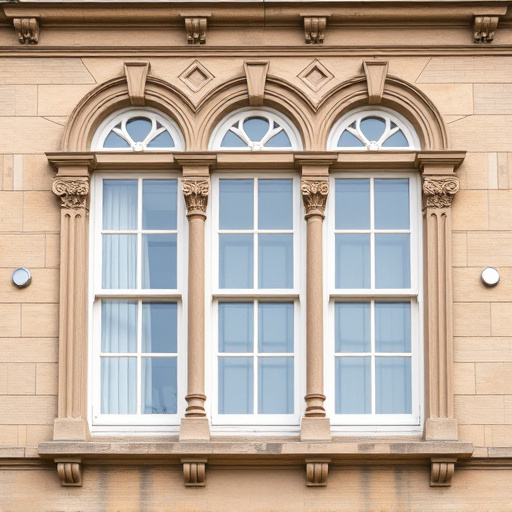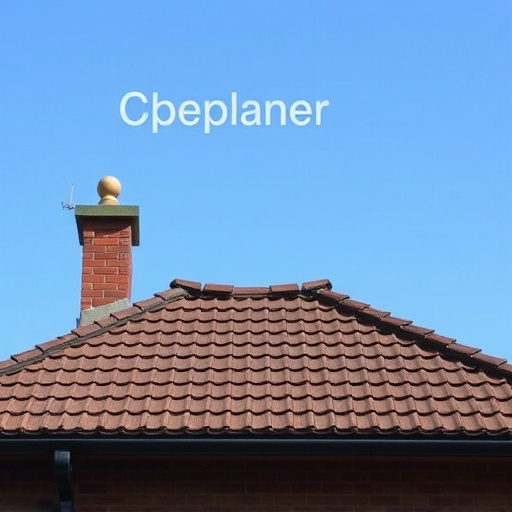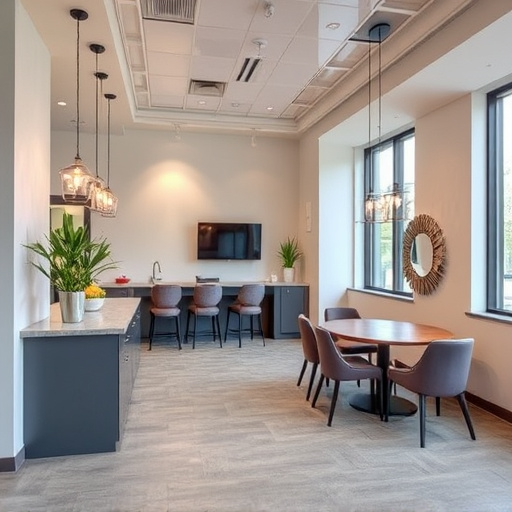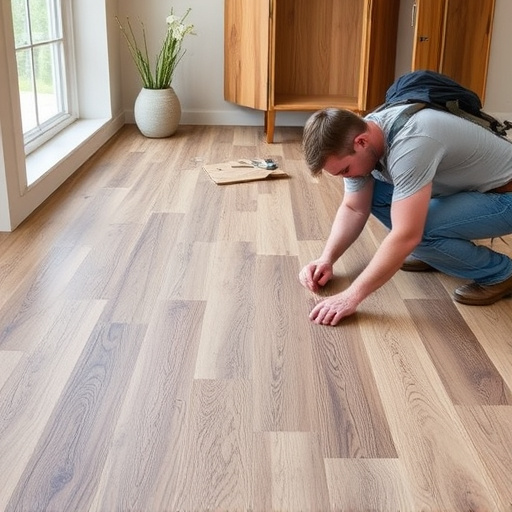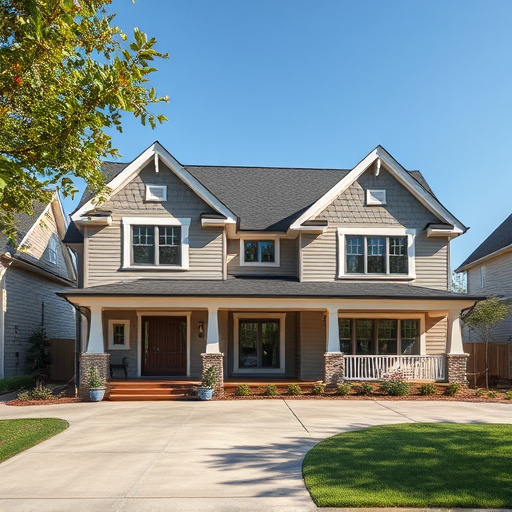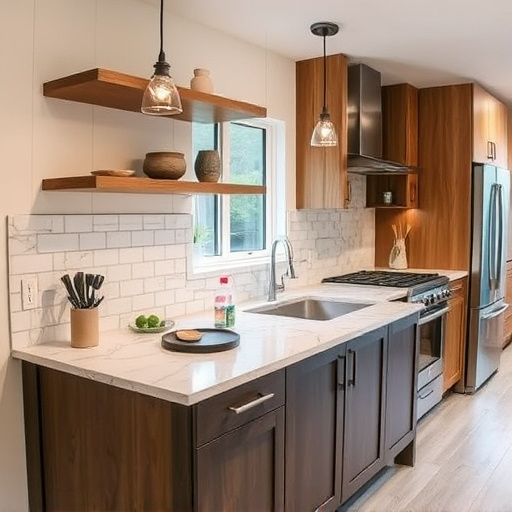When choosing between glossy and matte tiles for your floor, consider their aesthetics and practicalities. Glossy tiles reflect light, adding glamour and making spaces appear larger, ideal for vibrant luxury but may be slippery when wet. Matte tiles offer better traction, durability, and low maintenance, perfect for high-wear areas with a more understated aesthetic. Each finish caters to different preferences and design goals, balancing personal taste, interior design, and functional requirements for optimal tile flooring.
When it comes to tile flooring, the choice between a glossy or matte finish can significantly impact the overall aesthetic and functionality of your space. This guide delves into the distinct characteristics and benefits of each finish, helping you make an informed decision for your home or commercial project. Understanding the pros and cons of glossy and matte tiles allows you to select the perfect floor that suits both your style and practical needs, enhancing the beauty of any interior design.
- Understanding Glossy and Matte Tile Finishes
- Advantages and Disadvantages of Each Finish
- Choosing Between Glossy and Matte for Your Flooring
Understanding Glossy and Matte Tile Finishes

When considering tile flooring for your home, understanding the finish options is key to making an informed decision that aligns with your aesthetic preferences and lifestyle. Glossy tiles boast a smooth, shiny surface that reflects light, creating a vibrant and elegant look. This finish is often chosen for its ability to make spaces appear larger and more luxurious. On the other hand, matte tiles offer a flat, non-reflective surface that provides a subtle, earthy appeal. They are favored for their low-maintenance nature and tendency to show fewer signs of wear and tear over time.
Both glossy and matte tile finishes have their unique advantages when it comes to home remodeling or customized home renovations. For those seeking to enhance their space with a touch of glamour, glossy tiles can transform any room into a stunning showcase. Conversely, matte tiles cater to the practical and environmentally conscious, as they require less upkeep and have a more neutral, timeless appearance that complements various design styles. When exploring home improvement services, it’s crucial to consider how each finish interacts with lighting, traffic patterns, and your personal taste to ensure the perfect fit for your space.
Advantages and Disadvantages of Each Finish
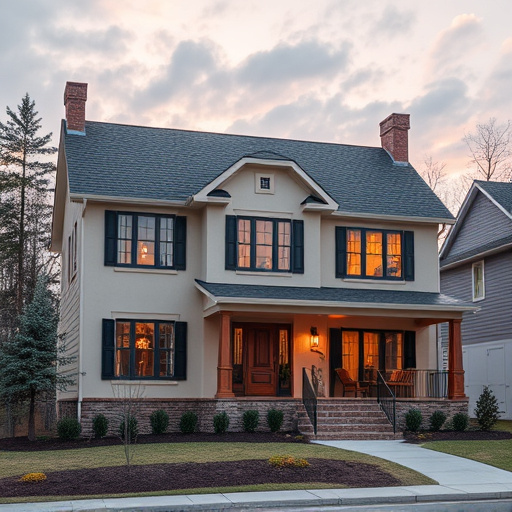
Glossy tile flooring offers a stunning visual appeal with its reflective surface, adding a touch of elegance to any space. One of its main advantages is versatility; it can transform various rooms, from kitchens to entryways, into eye-catching focal points. Additionally, glossy tiles are easy to clean and maintain, as their smooth finish repels dirt and water, making them suitable for high-traffic areas like bathrooms and hallways during home transformations. However, this finish may not be the best choice for spaces prone to moisture or accidents, as it can become slippery when wet, posing potential safety hazards.
Matte tile flooring, on the other hand, provides a more subtle and understated aesthetic. Its non-reflective surface is scratch-resistant, making it durable and ideal for high-wear areas. Matte tiles offer better traction compared to glossy options, reducing the risk of accidents in damp environments, such as bathrooms undergoing home remodeling. While they may not be as eye-catching, matte finishes are highly functional and suitable for those seeking a timeless, low-maintenance flooring solution for their tile flooring projects.
Choosing Between Glossy and Matte for Your Flooring

When selecting tile flooring for your home, one of the most noticeable characteristics is the finish—glossy or matte. Each option offers a distinct visual appeal and has its own set of advantages, making it an essential consideration in residential renovations or whole house remodels. Glossy tiles reflect light, creating a vibrant and sleek look that’s highly durable and easy to clean, perfect for high-traffic areas like kitchens and bathrooms. On the other hand, matte tiles offer a more subtle and sophisticated feel with reduced glare, which can be ideal for spaces where you want to create a cozy atmosphere or highlight other design elements.
For those looking for customizable work that aligns with their unique style, matte tiles provide more options in terms of color variation and texture, allowing for creative tile flooring designs. In contrast, glossy tiles are often used to enhance architectural features and modern aesthetics, adding depth and radiance to rooms. Ultimately, the choice between glossy and matte depends on your personal preference, interior design goals, and functional needs—whether it’s a vibrant, stylish statement or a subtle, low-maintenance option for your tile flooring project.
When selecting tile flooring, whether glossy or matte is right for you depends on your space’s lighting, foot traffic, and desired aesthetics. Glossy tiles offer a vibrant, reflective surface ideal for brightening spaces with natural light, while matte tiles provide a subtle, low-maintenance option suitable for high-traffic areas. Consider these factors to make an informed decision that enhances your home or business’s unique character.
